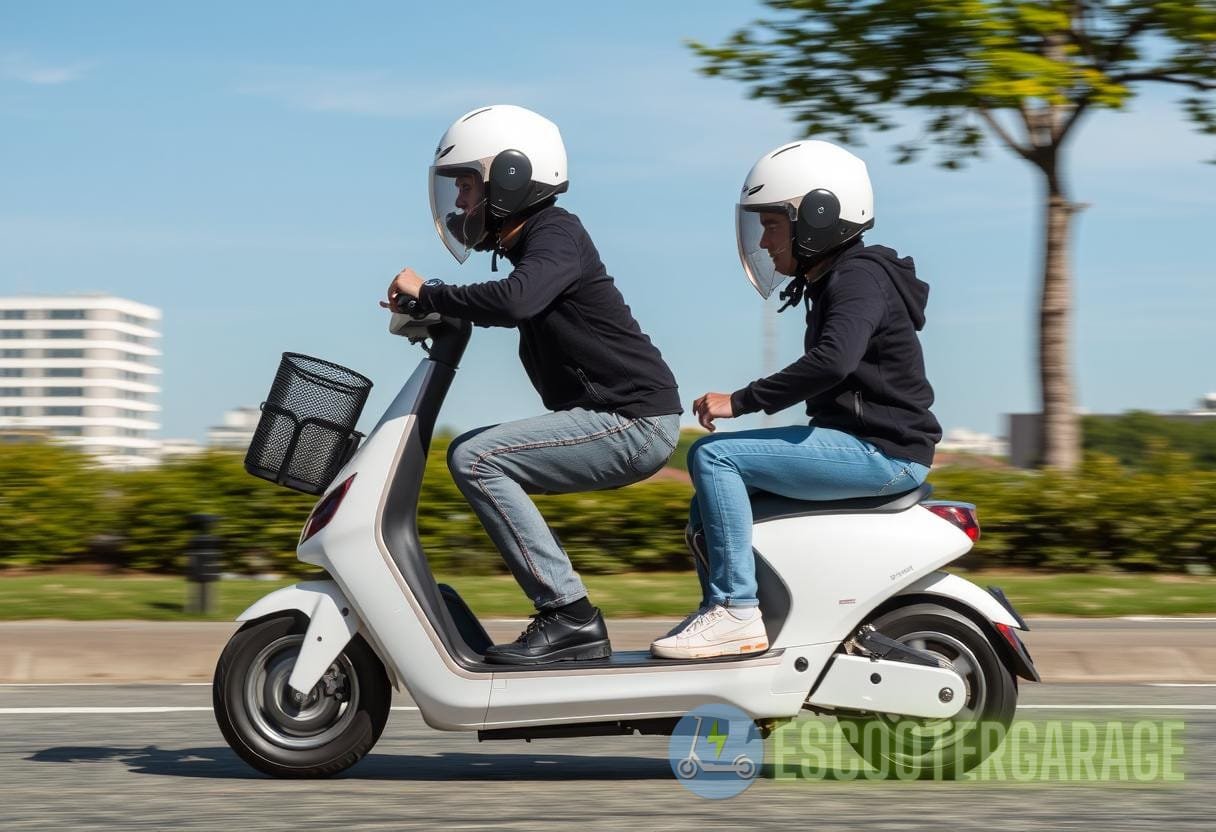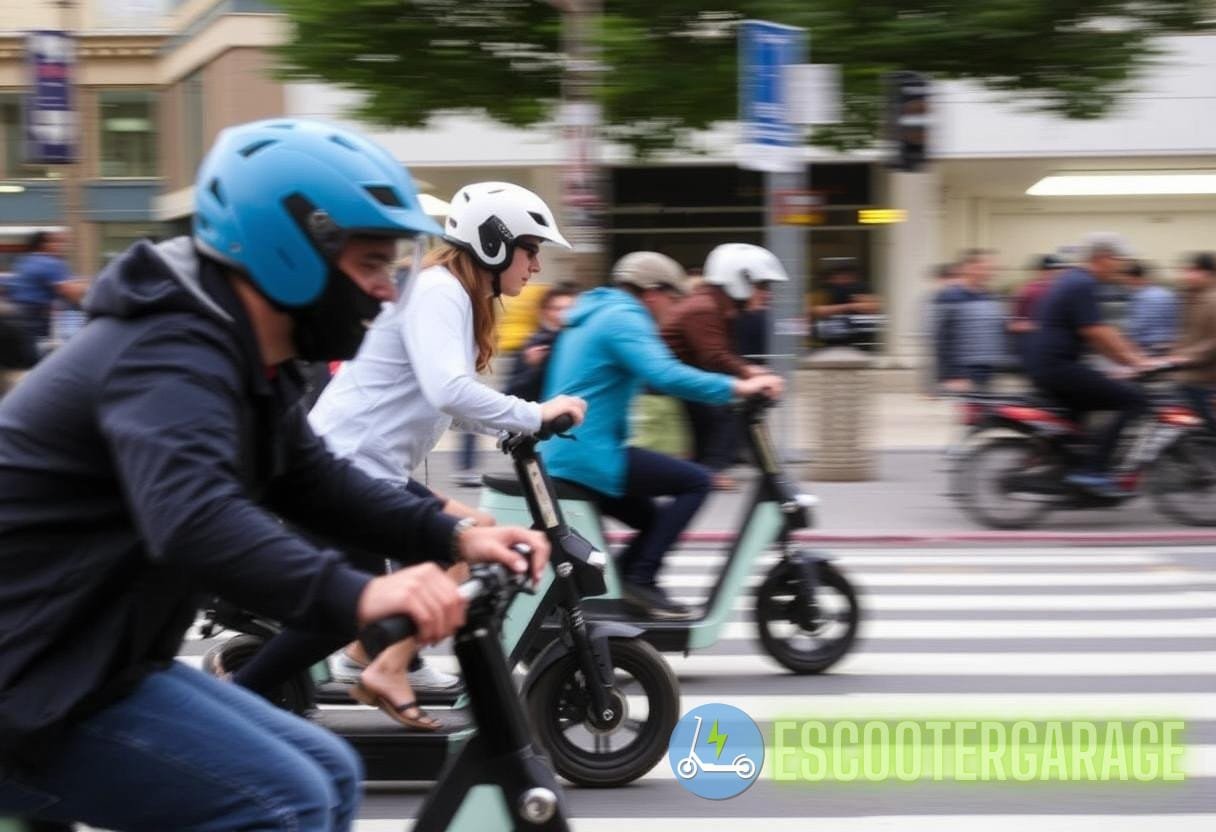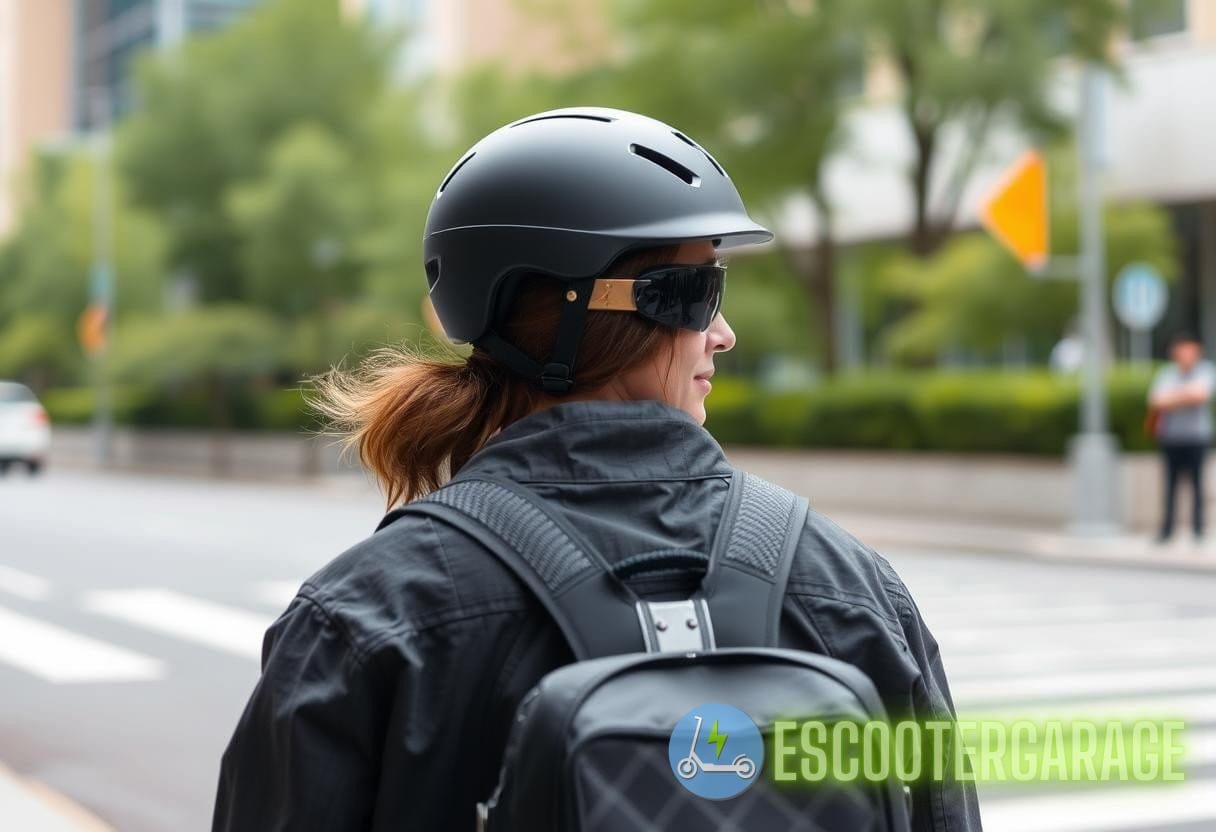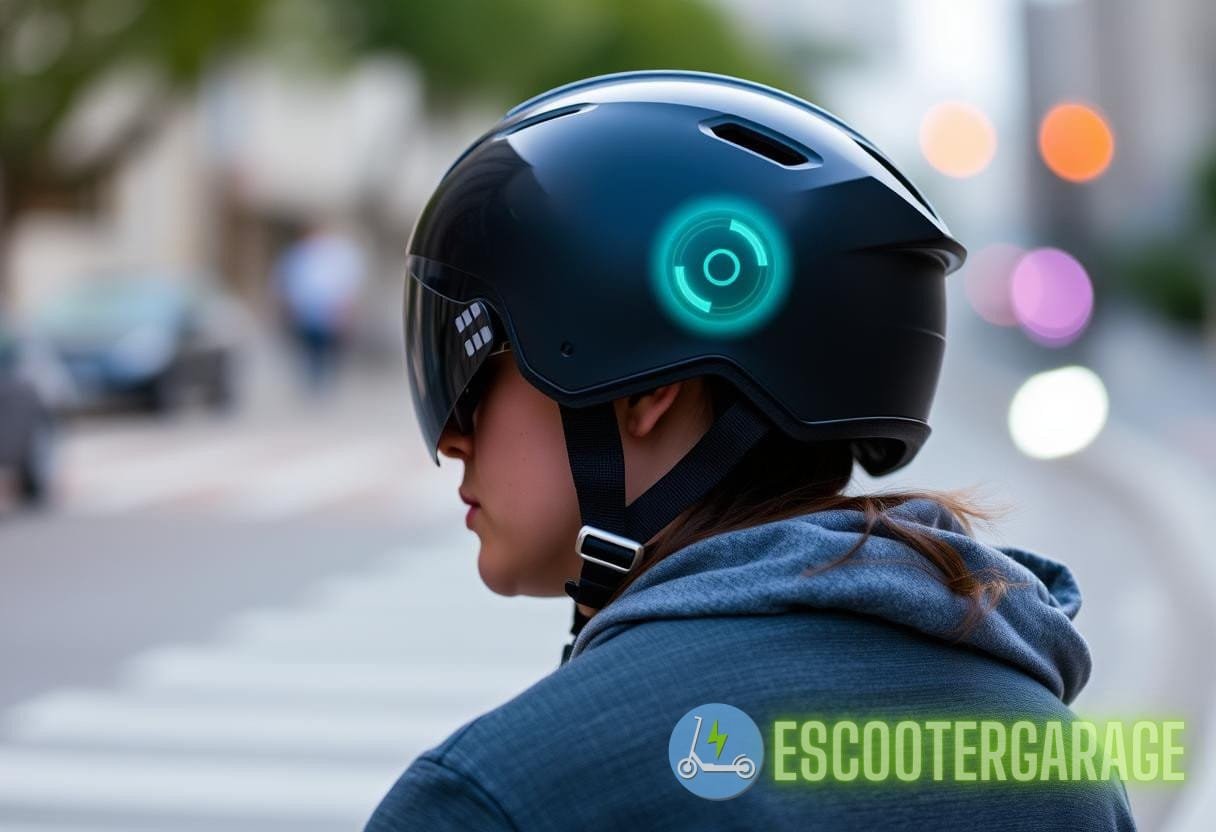Introduction
The advent of eScooters has transformed urban transportation, providing an eco-friendly alternative for short-distance travel. However, safety concerns have emerged, particularly regarding head injuries in eScooter accidents. Cognitive safety design plays a pivotal role in addressing these issues, integrating principles from cognitive neuroscience into the development of eScooter helmet safety.
The Importance of Helmet Safety for eScooter Riders
Riding eScooters can lead to serious injuries, especially head injuries, which are a significant concern. According to a study published in the journal Injury Prevention, approximately 45% of eScooter injuries involve the head.[source] Helmet use drastically reduces the risk of head injuries, yet many riders neglect to wear them. The challenge lies not only in the design of the helmet but also in how well riders perceive its necessity and usability. By integrating cognitive safety design, manufacturers can create helmets that not only protect but also encourage usage through cognitive and emotional engagement.
Understanding Cognitive Neuroscience and Its Relevance
Cognitive neuroscience is the study of the brain’s structure and activities associated with mental processes. It investigates how we think, learn, and remember, offering valuable insights that can be applied in safety equipment design.
Key principles of cognitive neuroscience relevant to safety design include:
- Perception: How users perceive safety features in a helmet.
- Memory: Retention of safety practices like wearing a helmet.
- Attention: Factors that capture a rider’s attention to choose safer options.
Understanding these principles allows designers to create helmets that align more closely with the user’s cognitive processes, thus enhancing the overall effectiveness of the product.
Cognitive Safety Design in Action
1. User-Centric Design Approach
A user-centric design approach ensures that helmets are not only functional but also appealing and engaging. This involves:
- Feedback Mechanisms: Incorporating lights or audible alerts when the helmet is correctly worn can reinforce positive behavior.
- Customization Options: Allowing users to personalize their helmets can enhance emotional connections, increasing the likelihood of regular use.
- Simplicity in Structure: Helmets designed with fewer complex features are easier for users to understand and utilize.
Research from the National Highway Traffic Safety Administration (NHTSA) highlights the effectiveness of such user-centric designs in improving safety compliance.[source]
2. Enhancing Perception of Safety Features
Helmet safety may be compromised if riders do not perceive the safety features effectively. Designers can address this through:
- Visual Cues: Using bright colors or reflective materials can make helmets stand out, making them more likely to be worn.
- Education Through Design: Clear instructional graphics on the helmet can prompt users to understand its importance and usage.
A study conducted by the CDC revealed that increased visibility directly correlates with higher helmet usage rates among cyclists and eScooter users.[source]
3. Leveraging Memory Retention Strategies
To increase helmet usage, it is crucial to engage users’ memories through effective strategies:
- Associative Learning: Encourage users to link helmet-wearing with positive experiences, such as safety and orderliness.
- Repetitive Messaging: Encourage manufacturers to launch marketing campaigns emphasizing the lifesaving potential of wearing helmets.
Cognitive psychologist Daniel Kahneman’s research on behavior and decision-making supports the idea that repeated exposure to safety messages can positively influence user choices.[source]

Real-World Case Studies: Innovation in Helmet Design
Case Study 1: VILDA Helmet
The VILDA helmet exemplifies the integration of cognitive safety design principles. Its design incorporates:
- Bluetooth Connectivity: Riders can receive alerts regarding their helmet condition and safety updates directly on their smartphones.
- Easy Lock Mechanism: A simple mechanism allows users to secure the helmet with minimal effort, thus reducing perceived barriers to usage.
Data shows that VILDA saw a 30% increase in helmet adoption among eScooter users in urban settings within the first six months of release.
Case Study 2: Hardshell Helmet’s Active Safety Features
Another innovative product, the Hardshell helmet, integrates active safety features such as:
- Reflective Fabrics: These enhance visibility in low-light conditions, encouraging users to wear helmets outside of peak daylight hours.
- Impact-Absorbing Material: Utilizes advanced materials that have been praised for both comfort and a higher protection rating in tests.
These design elements cater directly to the cognitive processes of memory and awareness, leading to improved safety outcomes as documented in a comprehensive user satisfaction survey conducted by the Bicycle Helmet Safety Institute.[source]
Future Directions in Helmet Design
As eScooter usage continues to rise, there are numerous opportunities for further innovations in helmet design:
- Smart Technology Integration: The potential for augmented reality features can provide real-time data on speed, distance traveled, and proximity to hazards.
- Data Analytics: Utilizing data collected from eScooter apps can guide user tweaks to helmet features based on real-world scenarios.
- Sustainability: Designs that utilize recyclable materials can appeal to environmentally conscious consumers, integrating helmet safety and eco-friendliness.
Potential Challenges and Solutions
While the integration of cognitive safety design presents exciting opportunities, certain challenges need addressing. Some of these challenges include:
- Cognitive Overload: Too many features can overwhelm users, making them less likely to wear helmets. To combat this, focus on simplicity and intuitiveness in designs.
- Market Resistance: Educating the public on the importance of helmet use through targeted campaigns is crucial in overcoming resistance.
- Cost Barrier: Developing affordable safety helmets without compromising quality is indispensable for wider adoption.
Conclusions Drawn from Cognitive Neuroscience
The findings from cognitive neuroscience research lead to actionable insights for helmet design. Key takeaways include:
- Understanding rider behavior through cognitive processes can drive marketing and design innovations.
- Encouraging user engagement through design elements fosters a protective mindset.
- Consistent reinforcement of safety messages improves habitual behavior towards helmet usage.
In conclusion, the fusion of cognitive neuroscience with helmet design can lead to innovations that significantly enhance eScooter rider safety. By centering design efforts on cognitive safety design, manufacturers can create helmets that merge functionality with the complexities of human behavior, ultimately prioritizing safety and encouraging compliance.



